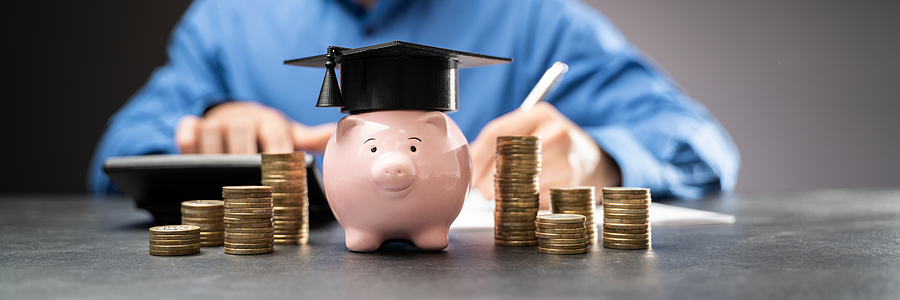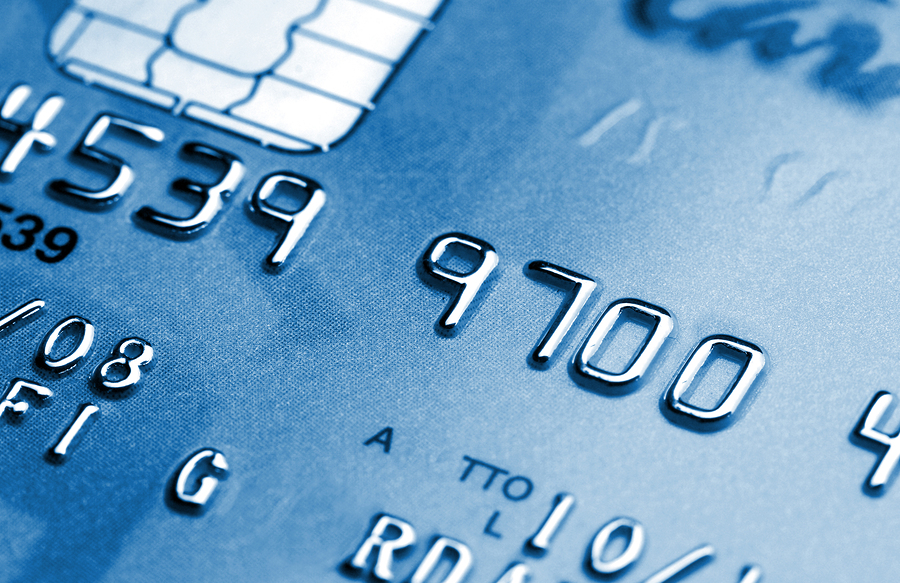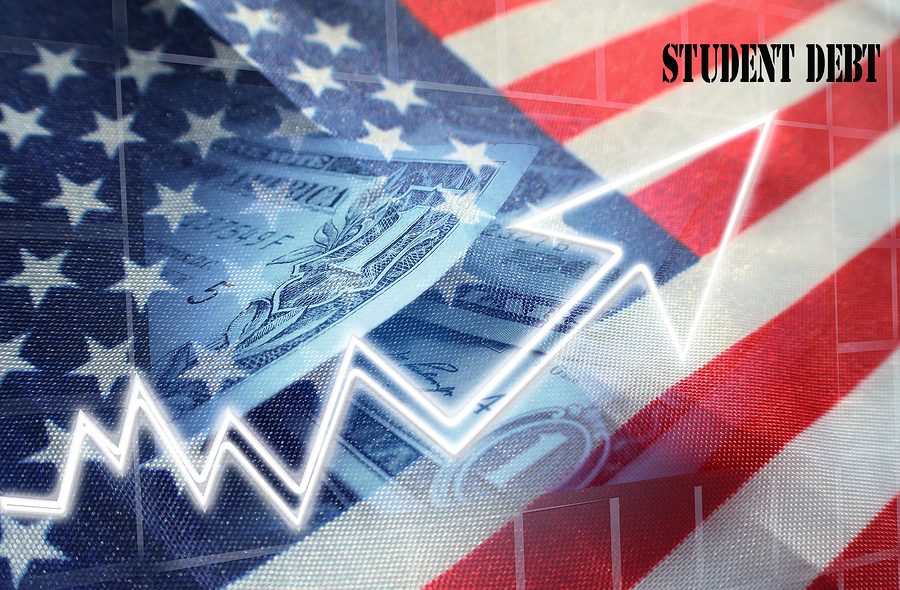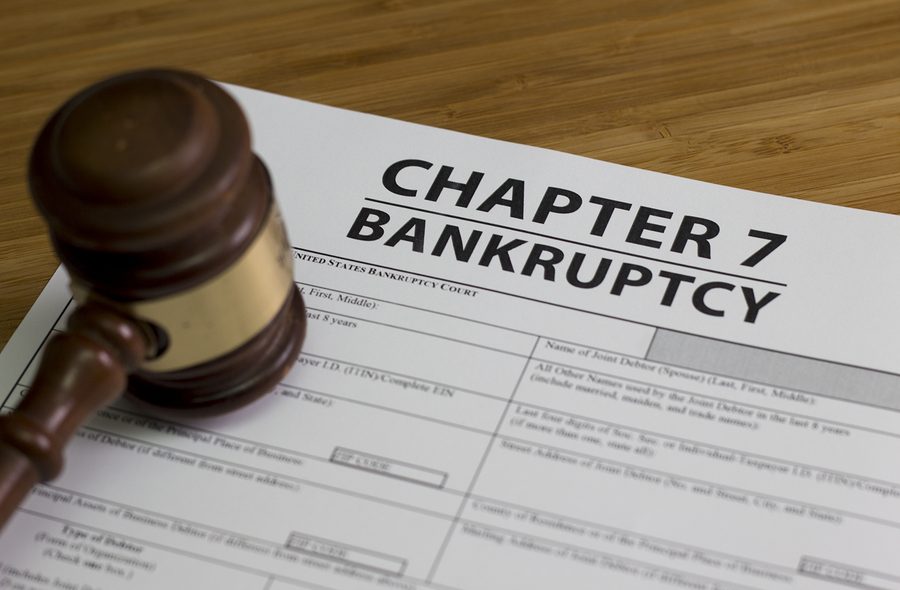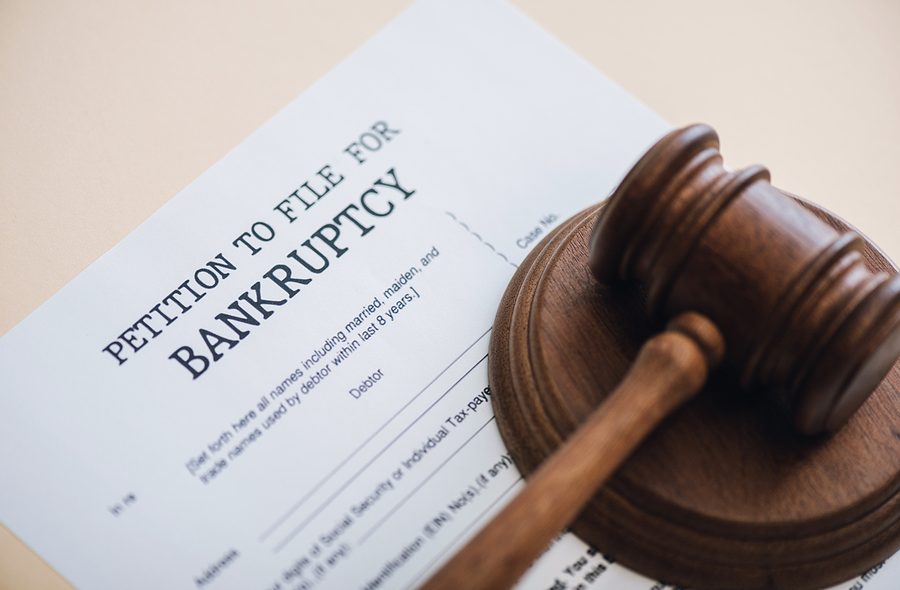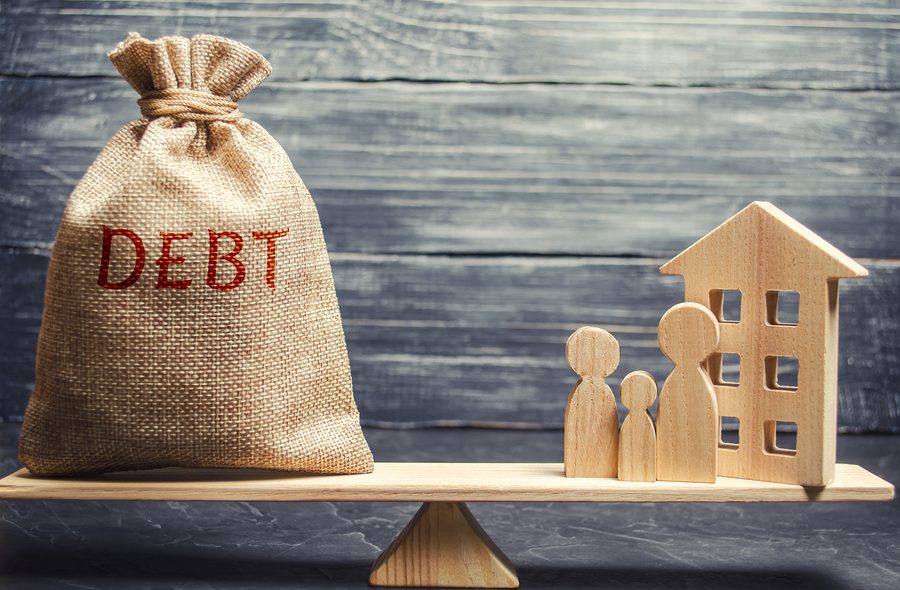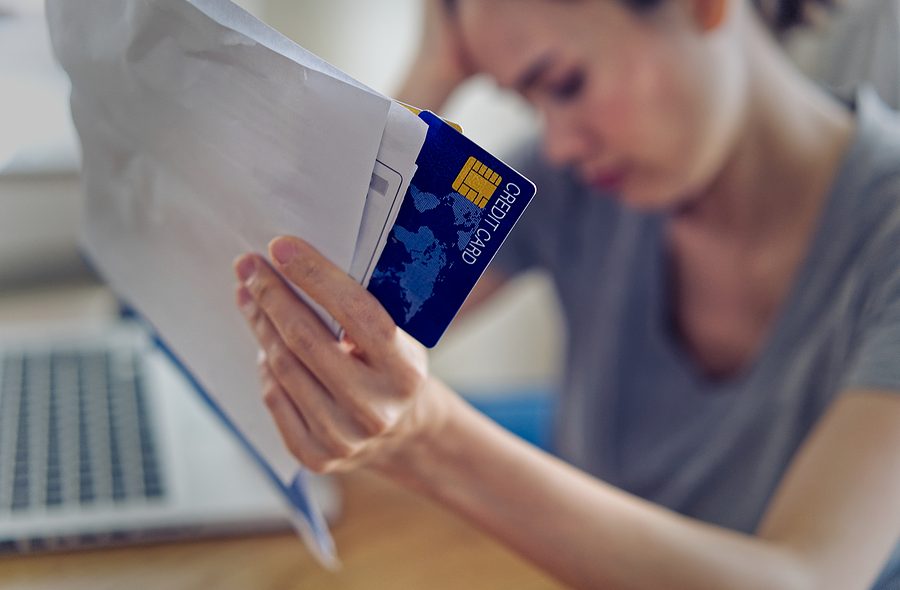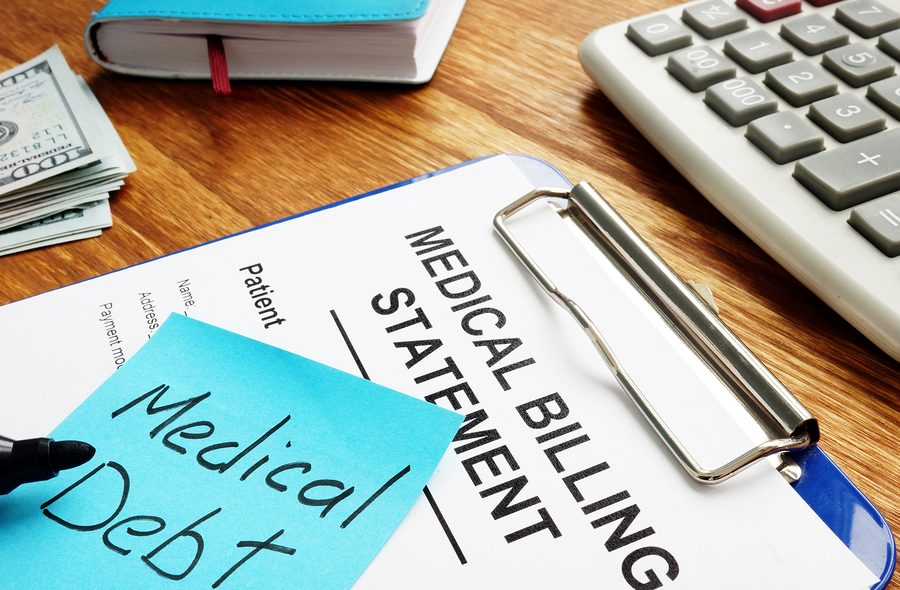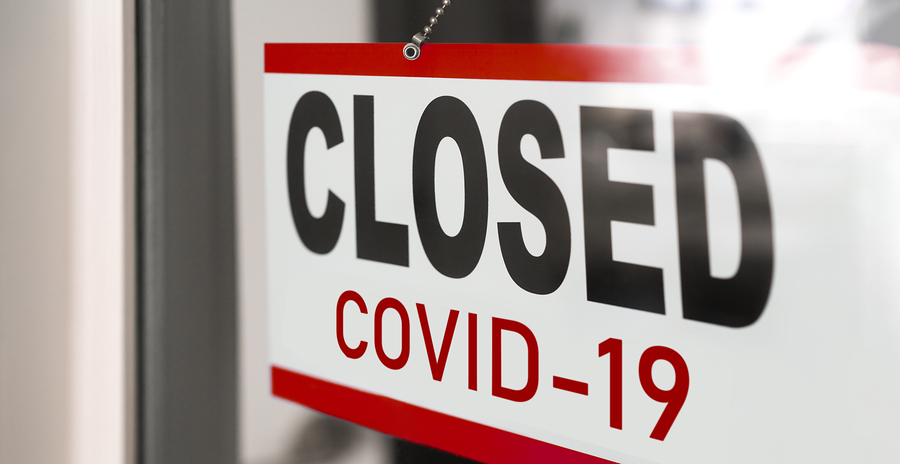A settlement was reached between former for-profit college operator, FCC Holdings Inc., and the U.S. Department of Education. The $8 million settlement is part of the company’s bankruptcy case and signifies the end of years of legal battles.
FCC Holdings formerly operated 41 for-profit colleges under various names. Before filing for bankruptcy, FCC Holdings sold 14 of their for-profit colleges to another company, International Education Corporation (IEC). IEC still operates 11 of these campuses in Florida and Texas under the name of Florida Career Colleges.

